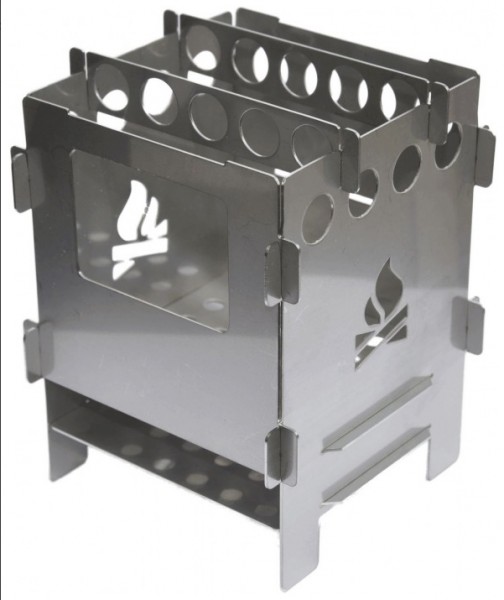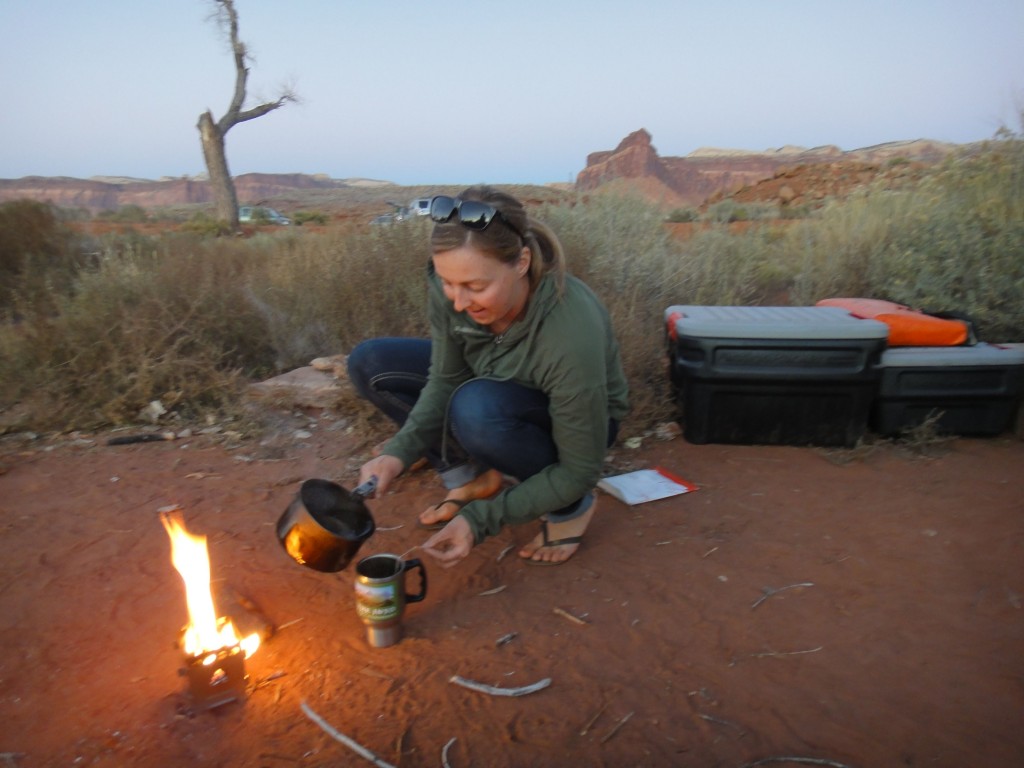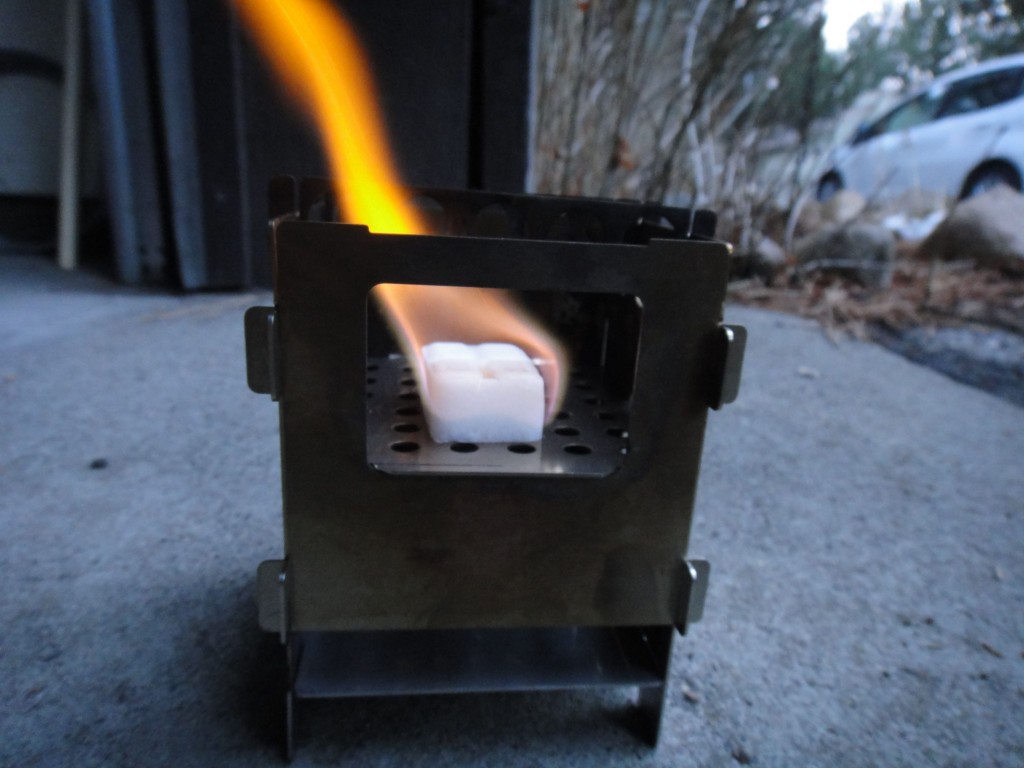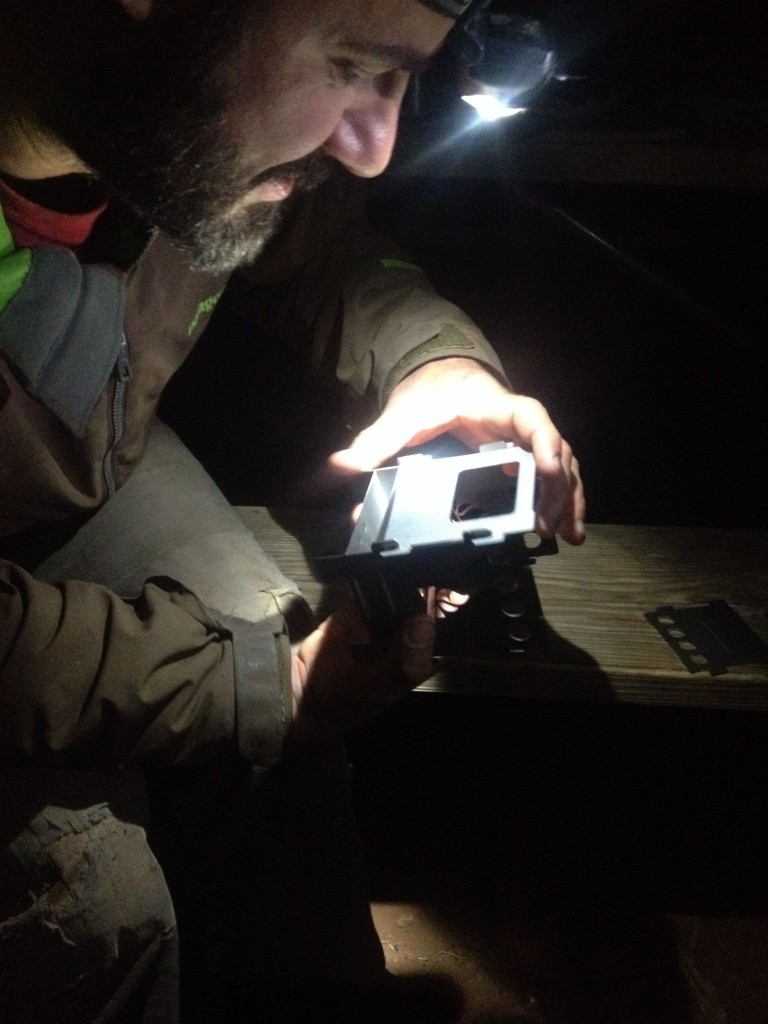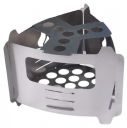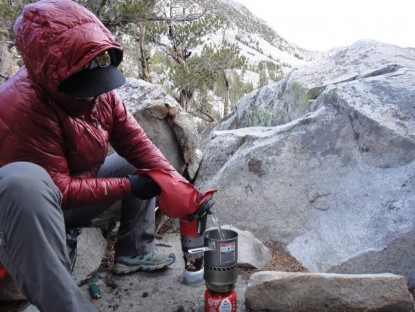Bushcraft Essentials Bushbox Outdoor Pocket Stove Review
Our Verdict
Our Analysis and Test Results
Although it's a great tool for the apocalypse, we don't think the Bushbox Pocket Stove is good for much else — except for maybe campsite entertainment.
Performance Comparison
Versatility
Despite our first impression that these types of stoves could be very versatile, after a bit of thought and testing we realized they are not versatile when it counts. Yes, you can burn wood, other organic material, Trangia, or Esbit in it — but with all of these fuels there is no flame control. Not to mention Esbit smells terrible and will ruin your wilderness experience. Depending solely on gathering wood and organic materials presents its own set of problems. We spent a lot of time in the Sierra Nevada this summer where there is a serious drought and a complete fire ban — so we were unable to bring the Bushbox with us on any trips. Even if there was not a drought, many places have permanent fire bans and bans on collecting wood in alpine areas because it disturbs this fragile environment. If you are in a place like the Pacific Northwest where there is a lot of precipitation, it could be difficult to find dry materials from day to day to light your stove with.
You will also need to carry an additional sack to store your stove and pot inside your backpack because the flames blacken the bottom of any pot you use. If left uncovered, that would create a sooty mess in your backpack. When we used the Bushbox car camping, we coated our pots with dish soap before putting them in the fire so they were easier to clean off afterwards.
Fuel Efficiency
When we burned wood in the Bushbox, we made sure that we had a lot on hand to continually feed the flames. This amounted to about two large handfuls of dry tinder and kindling sized sticks, and it took us about 8 minutes to boil a liter of water at low elevation. If you are just burning wood, there are some environmental benefits because you are not burning any fossil fuels like white gas or Butane. When we tried burning Esbit, one cube of Esbit did not quite bring the water to a boil in the time it took the entire cube to burn, about 10 minutes.
Boil Time
It is a long process to boil water with the Bushbox. First you have to collect your materials, then get it started, and once you have the pot on the flame you need to continually feed the fire to keep it going. As stated above, it took us about 8 minutes to boil a liter of water at low elevation with a wood fire, and we burned through one whole Esbit tablet at 7700 feet, and half a liter of water did not quite boil — it was just starting to fish eye.
Weight
The Bushbox is surprisingly heavy for its size, weighing 9.2 oz. We would rather carry one extra ounce of weight and take an MSR Micro Rocket with an 8oz canister of fuel, and have confidence that we will have a hot dinner that night.
Stability
The Bushbox is a relatively stable platform. We balanced a 2 liter pot on it with no troubles. When you use its trivets for better air circulation, it becomes slightly less stable.
Packed Size
This is the one advantage we can see to the Bushbox Pocket Stove over its competitors in this review. It packs down extremely thin and you can just slide it along the back of your pack with no problems. Its dimensions are 5 x 2 x0.2 inches.
Best Application
We think this stove is a novelty item for survivalist types who like to go out on weekends and try different methods to live off of the land. It is also a good item for your zombie apocalypse survival kit. If you run out of white gas for cooking your scavenged cans of beans and whatnot, the Bushbox would work well. In all seriousness — there may be certain thru-hikers who love this stove and could use it to cook Ramen noodles every day — but this would take a lot of diligence and good weather. We definitely recommend reading the directions before using the Bushbox.
Value
The Bushcraft Essentials Bushbox Pocket Stove rings in at about $40. We would rather spend this $40 on an MSR PocketRocket, a much more functional product.
Conclusion
This is the only wood burning multi-fuel stove we have tested, so we have no comparisons available within its category. That being said, we think this category of backpacking stove is a bit of a gimmick. Wood burning backpacking stoves leave too many question marks to bring on a long backpacking trip as your primary stove. You could bring this stove as a back-up in case you accidentally run out of fuel for your primary stove, but there are too many variables that are out of your hands otherwise to depend upon this as your primary means of cooking.
Other Versions and Accessories
Bushbox Titanium Outdoor Pocket Stove
- Cost - $45 to $50
- Ultralight versions of this multi-fuel stove
- Cost - $108
- Larger stove for group cooking


